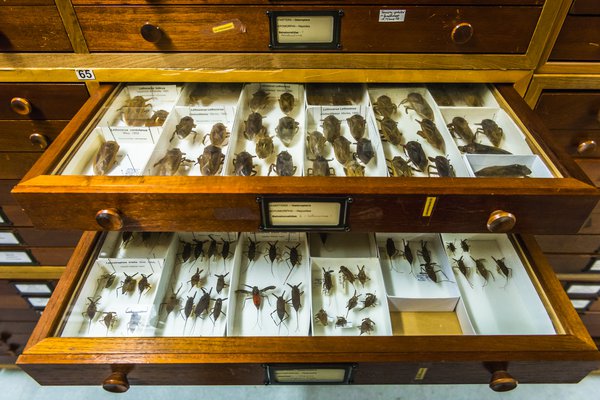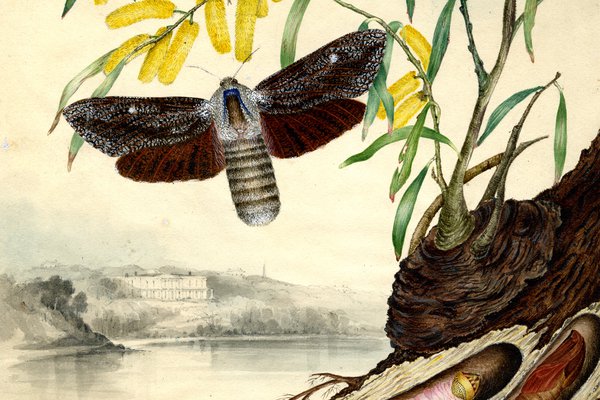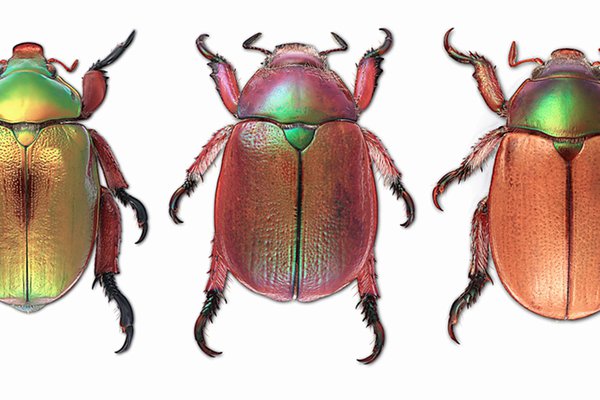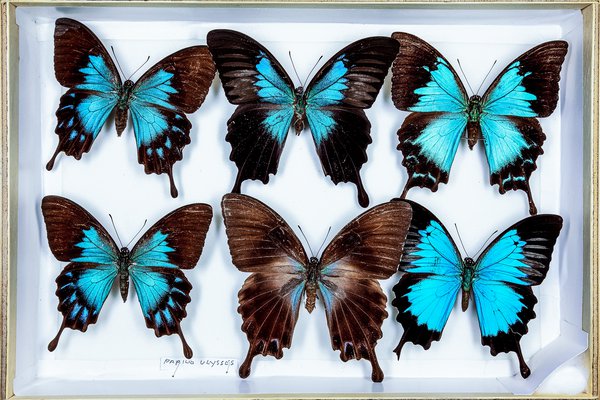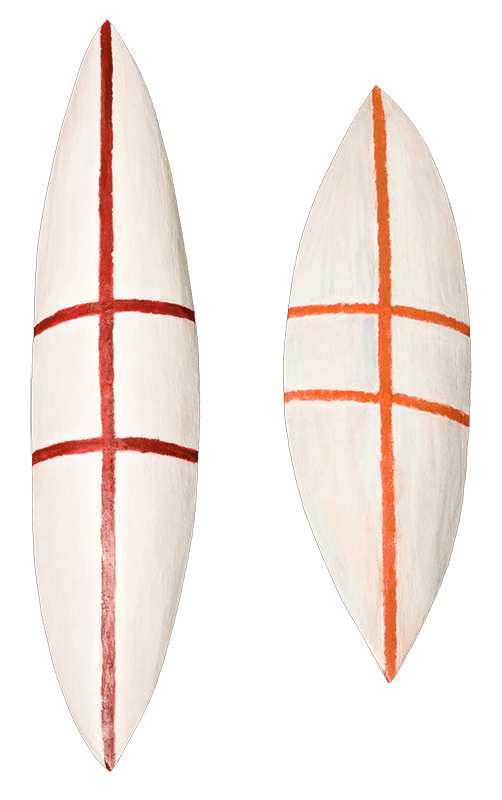Insects
An amazingly diverse group of animals that have conquered almost every environment on earth.
Butterflies, crickets, moths and other insects
Butterflies that flutter, wasps that sting, ants that swarm, termites, mantids, grasshoppers, moths, crickets and much more. Learn more about this amazingly diverse group of animals who have adapted to almost every environment on the planet!
Insects are the largest group of animals on Earth, all of which have exoskeletons and three body parts- head, thorax and abdomen, six jointed limbs and a pair of antennae. Insects comprise 75% of all catalogued animal species and their success is attributed to their ability to fly. Being the only invertebrate with wings, insects are able to seek out new environments and escape unsuitable ones.
Insects play an essential role in the web of life, with the interaction between insects and plants playing a crucial role in pollination. Pollination by insects is important for the environment and us.
Many insects are predators, parasites or parasitoids, with a great diversity of hunting strategies and behaviours used to capture or feed on their prey. Invertebrate predators, parasites and parasitoids also play an important role in keeping many animal populations under control.
Discover how insects interact with plants and other animals.
The scale-winged insects, Order Lepidoptera.
The straight-winged insects, Order Orthoptera, and the skin-winged insects, Order Dermaptera.
The two-winged insects, Order Diptera; the toothed insects, Order Odonata; and the net-winged insects, Order Neuroptera.
The true bugs, Order Hemiptera & the sheath-winged insects, Order Coleoptera.
The nett-winged insects, Order Dictyoptera; and the phantom insects, Order Phasmatodea.

